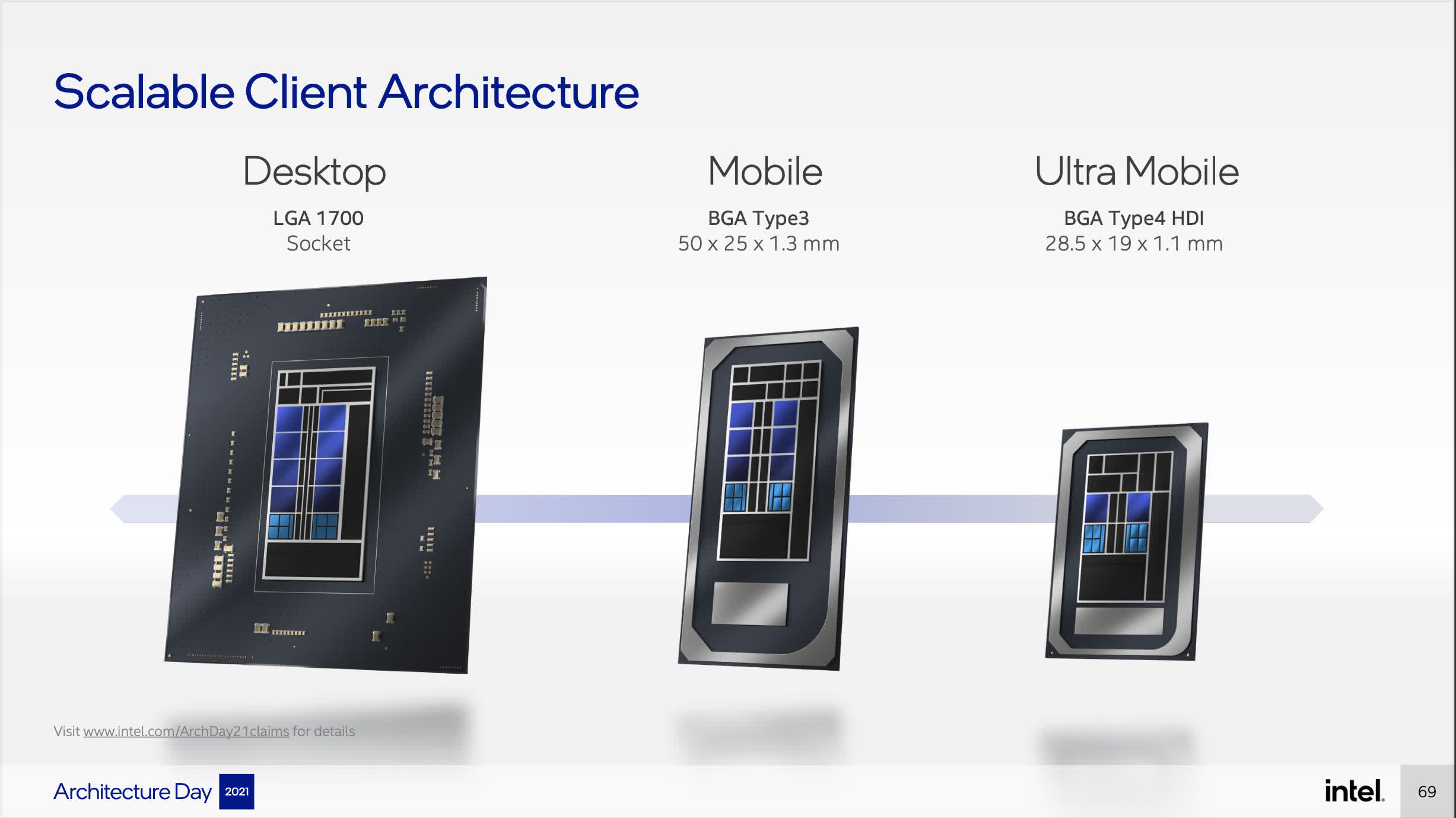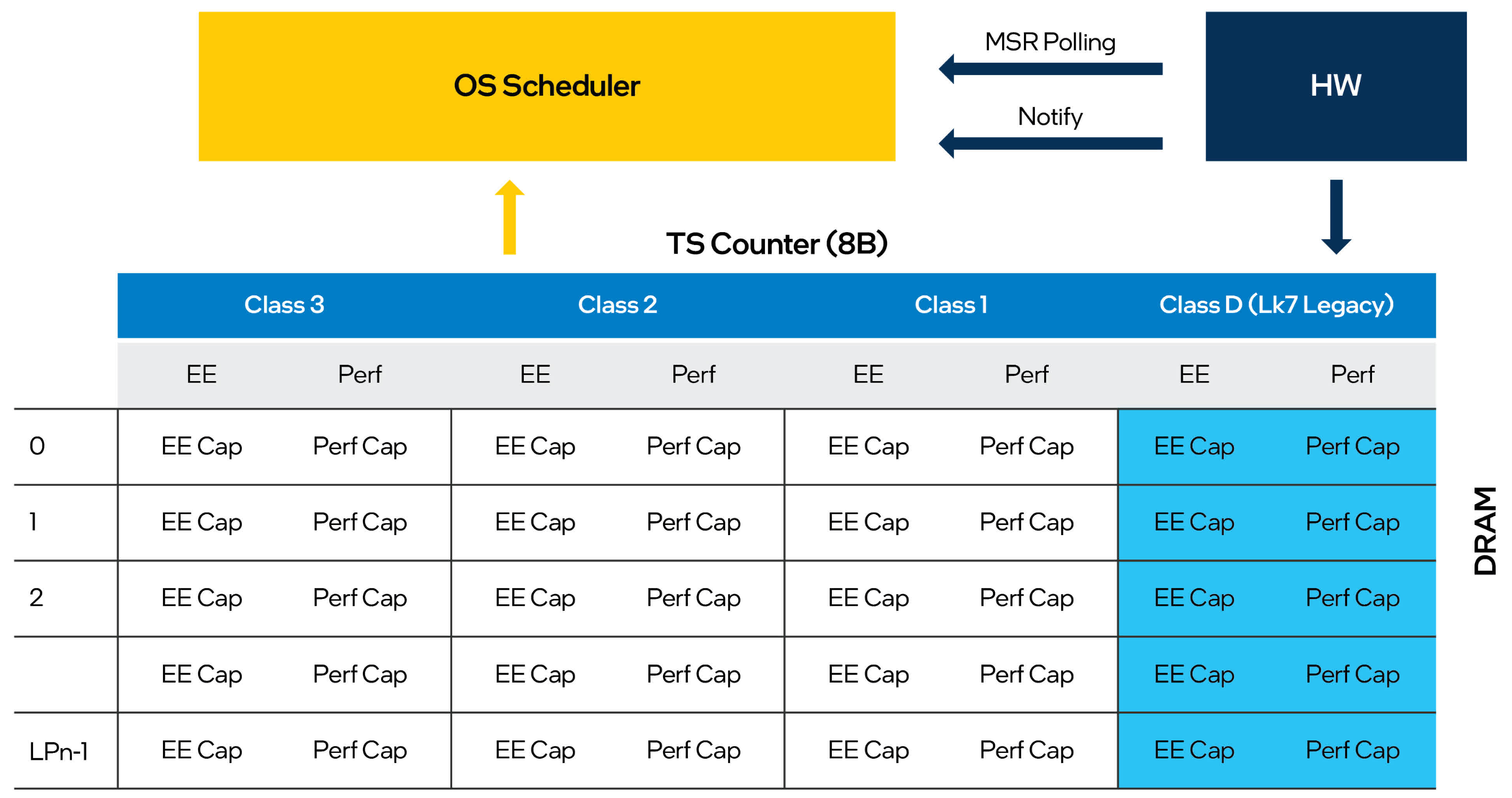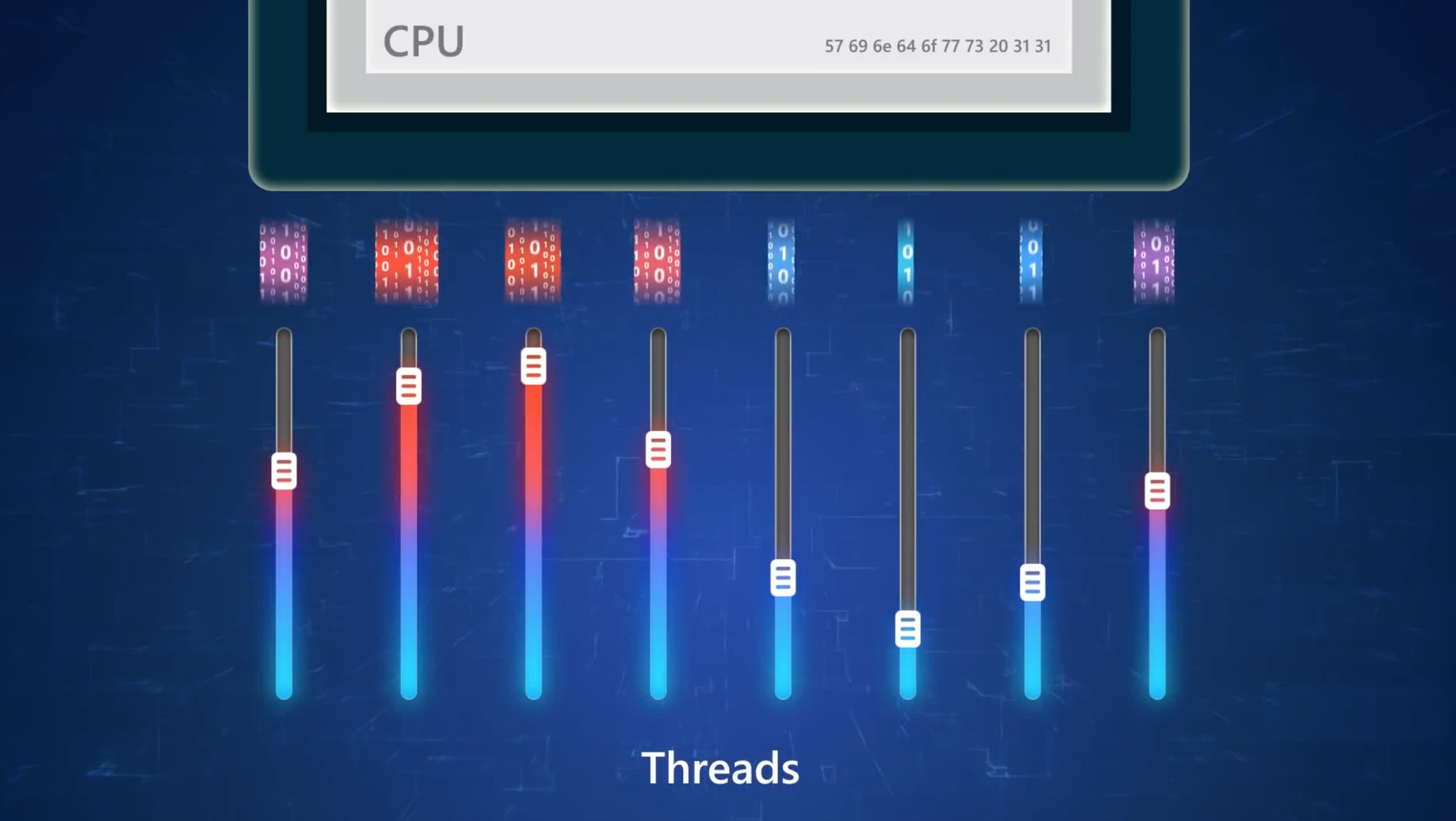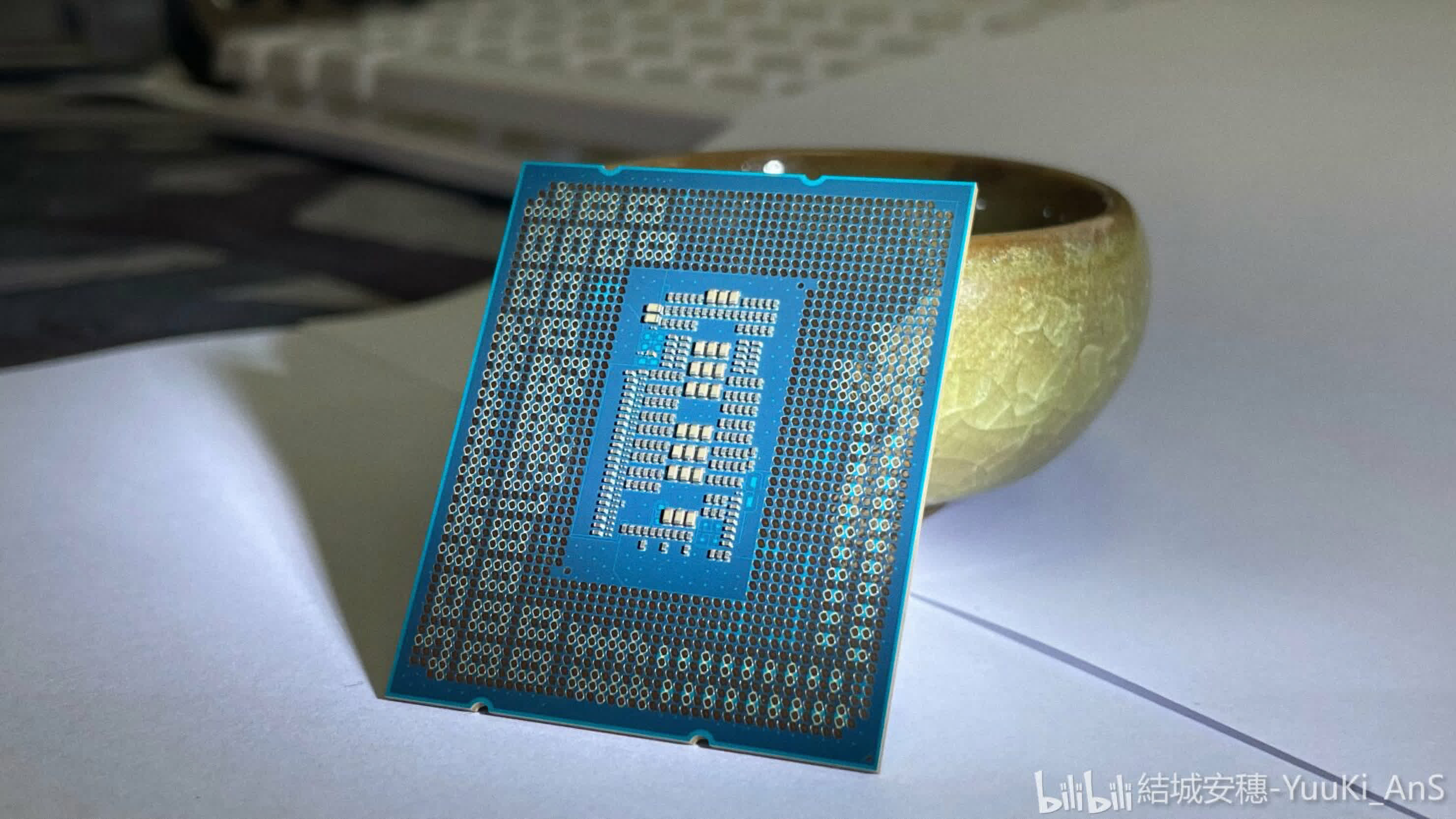In brief: Intel revealed it its Alder Lake lineup would land sometime in the coming months and seemingly confirmed specifications that have been leaked over the past few months. The company also provided an optimization guide for game developers looking to make the most out of the new hybrid CPU architecture.
On Friday, Intel released its Alder Lake Developer Guide, an in-depth look at how game developers can leverage the new architecture found in the company’s 12th generation Alder Lake processors. In doing so, it also confirmed several details about the upcoming CPU lineup that have leaked over the past few months.

By now, it’s no secret that some Alder Lake CPUs will come with a hybrid architecture that combines P-cores (performance) dubbed Golden Cove and E-cores (efficiency) dubbed Gracemont. However, we also know that Intel will use this configuration on all Alder Lake laptop and desktop parts except on entry-level and mainstream desktop SKUs like the Core i5-12400, which could turn out to be the next value king.
Alder Lake-S processors are aimed at enthusiasts and will feature up to 8 P-cores and 8 E-cores, while mainstream and lower-end variants will only have P-cores. Either way, they’ll all come with an Intel Xe integrated graphics engine with 32 execution units.

Meanwhile, Alder Lake-P parts will include all SKUs that used to be in the U and H subfamilies. Higher-end mobile parts will have 6 P-cores and 8 E-cores, while low voltage parts will combine two P-cores and 8 E-cores. All Alder Lake-P processors will be paired with an Intel Xe graphics engine with 96 execution units.
Only the L3 cache is shared across P-cores and E-cores to allow them to operate separately depending on the workload that’s thrown at them. Intel has chosen to keep the instruction sets all the same for both types of cores, with the notable exception of E-cores, which won’t support AVX512 workloads due to their current architecture. This also means that if a laptop or desktop PC manufacturer chooses to enable E-cores, AVX512 will be disabled on P-cores.

Taking a page from Apple’s book, Intel’s Tread Director (ITD), and Microsoft’s software optimizations in Windows 11 will allow app and game developers to target specific cores depending on the task that needs executing. Hybrid cores will appear functionally identical to the operating system, but the ITD and the OS will govern task allocation to the suitable cores based on special classes that indicate relative performance and efficiency levels.
Game developers will also be able to use Intel’s tools for manual interaction with ITD if they find the OS scheduler does a poor job of discriminating between light and heavy tasks. In fact, there will be a host of optimizations that they can do, such as using E-cores for multi-threaded workloads to prevent maxing out P-core usage or parking E-cores to give more power to the E-cores.

At the same time, setting thread priority and affinity for things like game rendering and audio will be a bit more complicated than on a non-hybrid architecture. This is because E-cores have two logical processors and P-cores do not, and the OS might decide to assign a high-priority task to an E-core simply because it was immediately available. In other words, some apps and games could run slower on systems equipped with an Alder Lake CPU if they don’t have the necessary optimizations in place, even though the OS scheduler should do a decent job in most cases.
“Analysis of games on hybrid architectures has shown the majority of games perform well, with older, or less demanding, games favoring the Performance cores,” The authors of the guide point out. “Games that were already built to heavily utilize multithreading, and that can scale to double-digit core counts, were found to benefit from hybrid architecture due to better throughput. However, there are inevitable performance inversions, attributed to either poor multithreading game architectures, poor OS scheduling, or increased threading overhead.”

Intel also notes that Microsoft added partial support for ITD in Windows 10, but you’ll have to update to the latest version, 21H2. This means that if you buy or build a new PC and Windows 11 isn’t to your liking, you’ll still enjoy some of the benefits of Intel’s latest CPU architecture.

